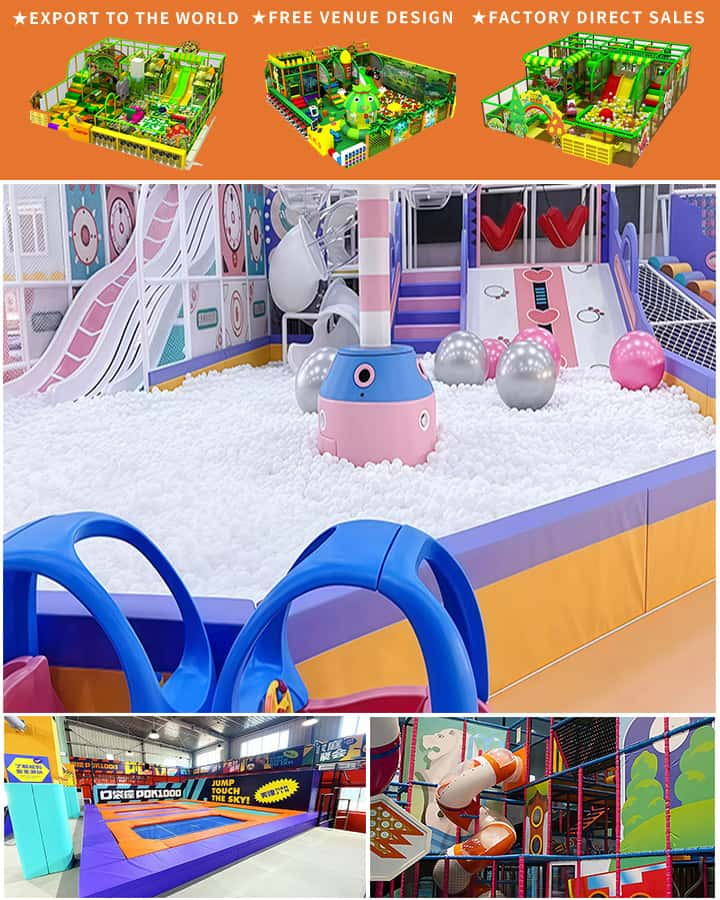Playgrounds are an essential part of childhood, providing a space where children can explore, exercise, and have fun. Understanding the different types of playground equipment can enhance safety and ensure that kids get the most out of their playtime. Here’s a detailed look at popular playground equipment, complete with names and descriptions to help you identify them easily.
1. Swings
Swings are perhaps the most iconic piece of playground equipment. They come in various forms, including:
- Traditional Swings: These consist of a seat suspended by ropes or chains from a tall frame.
- Bucket Swings: Enclose a child on all sides, offering more support.
- Tire Swings: Made from large rubber tires, these swings offer unique movement patterns.
2. Slides
Slides offer an exhilarating way to descend to the ground. There are several types:
- Single Slides: Straight slides designed for one child at a time.
- Double Slides: Side-by-side slides allowing two children to slide together.
- Spiral Slides: Twisted designs that add extra excitement and visual appeal.
3. Climbing Structures
These structures are designed to test balance and build physical strength.
- Ladders: Simple vertical climbing aids, often found on jungle gyms.
- Climbing Walls: Vertical surfaces with footholds and handgrips.
- Rope Climbs: Vertical ropes that children can use to pull themselves up.

4. Seesaws
Seesaws, also known as teeter-totters, require coordination between two players.
- Traditional Seesaws: A central plank balanced by a fulcrum.
- Bench Seesaws: Offer seating with back support for added comfort.
5. Merry-Go-Rounds
A circular platform powered by pushing off the ground or manually turning.
- Standalone Merry-Go-Rounds: Free-standing platforms that spin around a central axis.
- Carousel-Style Merry-Go-Rounds: Decorated units featuring animals or characters.
6. Jungle Gyms
Comprehensive structures combining various elements like ladders, rings, and bars.
- Horizontal Ladders: Ladders running parallel to the ground.
- Monkey Bars: Horizontal bars used for climbing across.
7. Spring Riders
Devices that mimic the motion of riding a horse.
- Rocking Horse Style: Fixed bases that allow up-and-down movement.
- Bouncing Animals: Often shaped like animals and provide a springy ride.
8. Sandboxes
Areas filled with sand for creative play, often equipped with toys such as shovels, buckets, and molds.
9. Playhouses
Small structures resembling houses, encouraging imaginative play.
- Wooden Playhouses: Sturdy and often feature doors, windows, and even small furniture.
- Plastic Playhouses: Lightweight and colorful, often easier for younger children to manipulate.
10. Balance Beams
Narrow beams suspended a short distance off the ground, designed to improve balance and coordination.
- Straight Balance Beams: Simple straight paths.
- Curved Balance Beams: Add complexity with twisting paths.
Each piece of playground equipment offers unique benefits and encourages different types of physical and social interactions. By familiarizing yourself with these names and descriptions, you can better appreciate the diversity of activities available at any playground. Whether it’s climbing higher, sliding faster, or simply enjoying the swing of things, playgrounds continue to be magical spaces where childhood memories are made.





